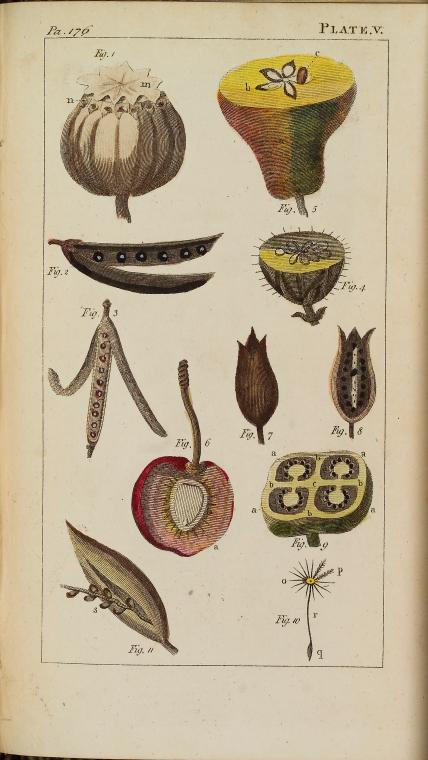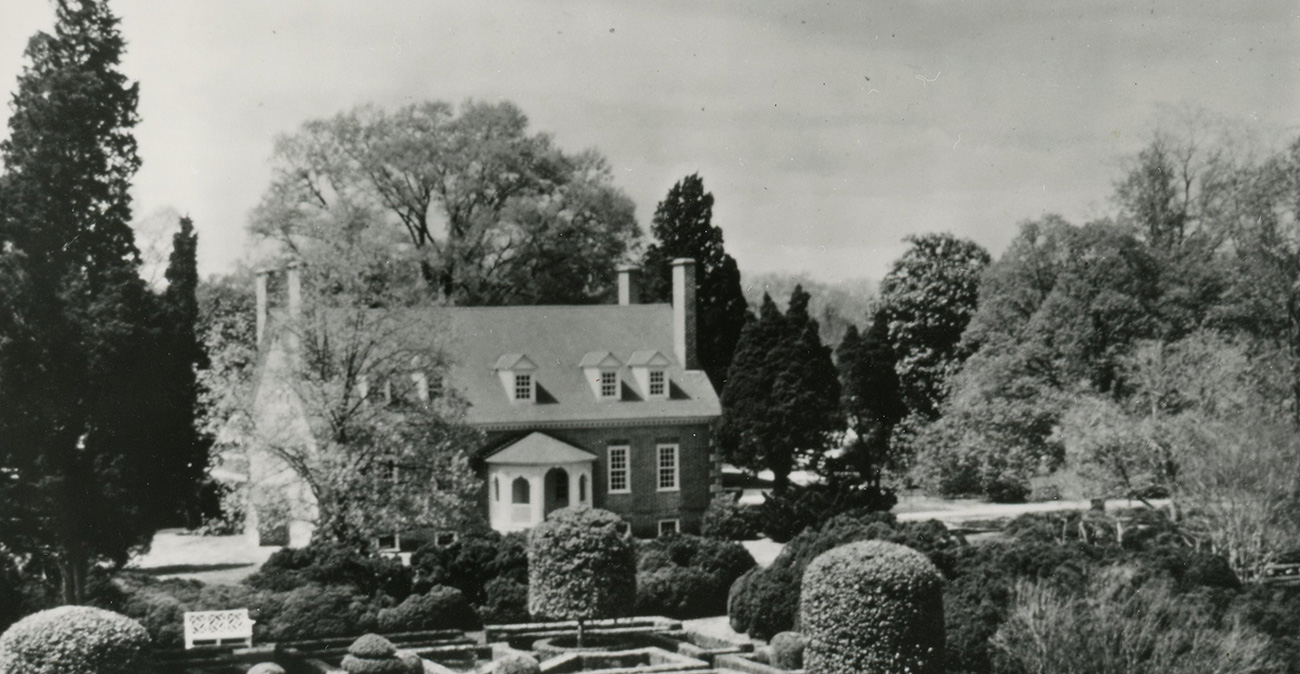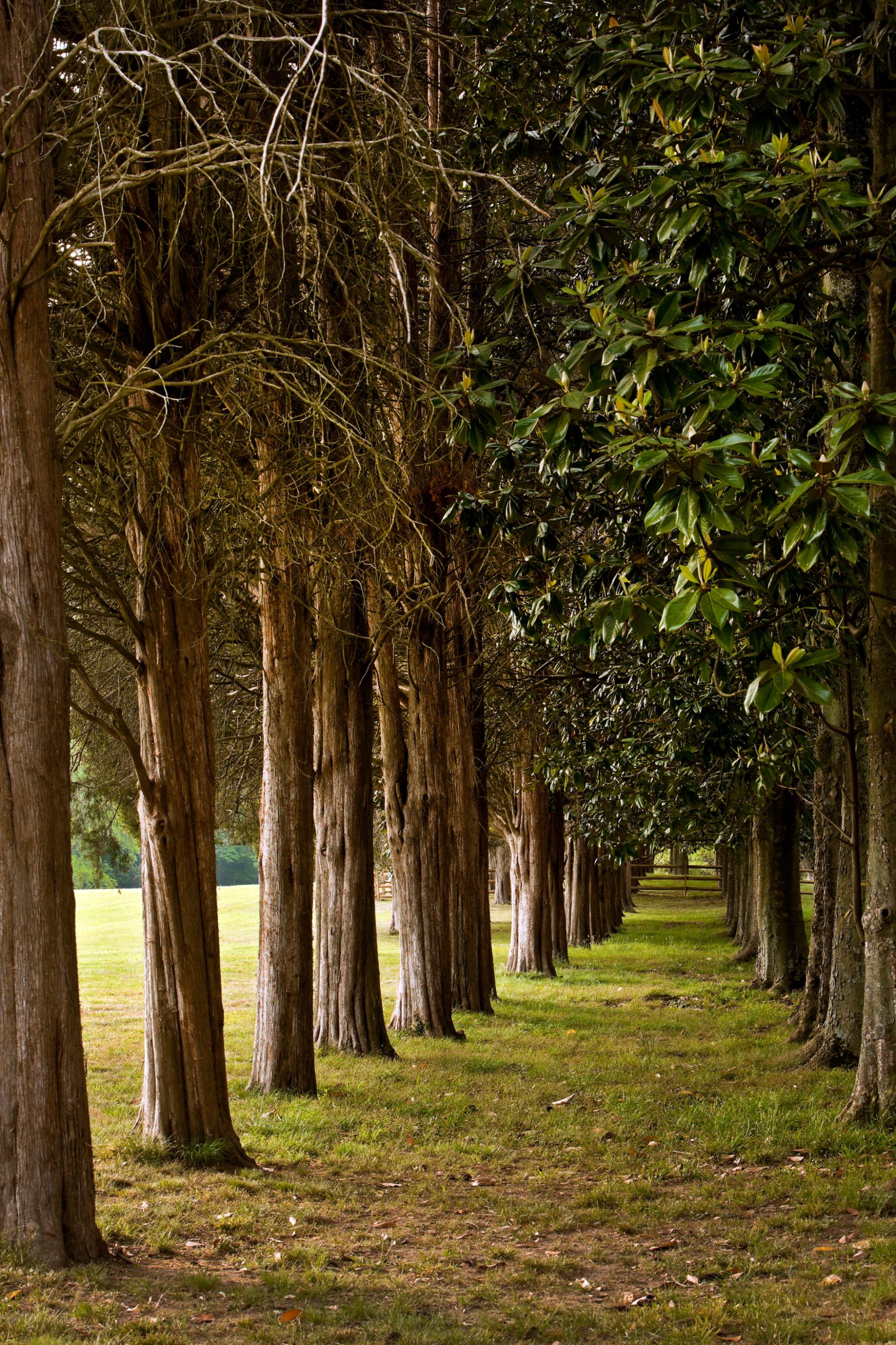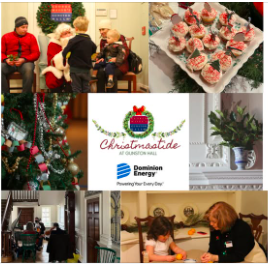Duration: 20-30 minutes for set up plus 30-45 minutes for gardening math, 1-2 minutes daily for +10-14 days for checking on the seeds
Recommended Ages: 5-8 with heavy adult assistance, 9-12 with minimal adult assistance, and 13+ and older without supervision.
Description: Prepare to garden by testing seeds in your pantry and last year’s seeds. When you finish, plan and plant your garden using probability to estimate how many seeds you will need.
Colonial Gardening
Everyone in the 18th century had a connection to agriculture. Depending on the colony, between 75 and 90% of the population worked at farming or some closely related enterprise. Even In towns and cities, most people had at least small kitchen gardens. As a result, seeds were important to everyone. Seeds presented choices: they could be grown into new plants and eventually more seeds, shared among neighbors, fed to livestock, ground into meal, used as food, or sold to other colonies or England.
While everyone interacted with seeds, not everyone understood seeds in the same way. Poor and enslaved individuals valued the seeds they owned as the difference between food security and starvation. Wealthy Virginians like George Mason were deeply interested in agriculture. But they did not do the actual planting, weeding, and harvesting themselves. Instead, they had others plant and tend their crops.
During this time, people defined gentlemen as those men who were so wealthy that they did not need to work with their hands as blacksmiths, silversmiths, shoemakers, other artisans, and laborers did. Gentlemen could spend their time on intellectual activities, including scientific experimentation. George Mason’s interest in collecting, growing, and experimenting with rare seeds was an appropriate hobby for a gentleman, and it symbolized his wealth and elite status. Gardening for pleasure was one pastime George Mason shared with George Washington. The two men sent many kinds of seeds, tree starts, and plants to each other. One time, Mason passed along watermelon seeds to his friend and neighbor.
Most Americans today do not grow their own food, but just about everyone has seeds hiding in their kitchens and pantries. By performing a seed test similar to what farmers have done for centuries, you can find out if your seeds are good only to eat or if they can use them to start or expand your garden.

Conducting a Seed Test
What do you need
Assorted Seeds: See Step 1.
Plate: Find a plate with a little lip. A few square plastic containers will also work well.
Paper Towels
Water
Paper and Pencil: For notes, sketches, and questions.
Directions:
1. Find seeds. Do you have any old seed packets? If so, they are perfect to test. Many seeds grow well even several years old! Check your pantry. Do you have dry beans like black, kidney, chickpeas, or lentils? Or, whole spices like coriander, cumin, dill or fennel? (The ground versions won’t work.)
Do you have any dried peppers with seeds inside? Be careful handling them! The pepper seeds may have oils that can cause your skin or eyes to burn. You might want to wear gloves when working with pepper seeds.
Grains like rice, barley, popcorn, or quinoa might grow in this test and be fun for experiments. However, because they take up a lot of space, are more difficult to grow, and produce less food per square foot than some other plants, they might not be a cost effective plant to grow in a kitchen garden.


2. Place a few sheets of paper towel on your plate. Pour enough water to moisten the towel. Don’t add too much! If you add too much water your seeds will not be able to breath, and they will slide everywhere. A plastic baggy or tupperware may also work for this step–just make sure the plastic does not create an airtight seal! Remember the seeds are alive and need air!
3. Place around 10 seeds of each type together on the paper towel. Note on your piece of paper or in a notebook the day’s date and list the seeds you selected going in a circle. Make sure you know where your circle starts!
Questions:
Which seeds do you think will germinate, and why?
Why is too much water bad for seeds?
What factors or qualities might stop a seed from growing?
4. Check daily. Add water as needed. The seeds must stay moist. Remove any seeds that show signs of rot and record them as seeds that did not grow. Take notes and/or sketch what you see.
Do you like art?
Go one step further. Draw and label the different seed parts: seed coats, primary root or radical, seed leaves or cotyledon, and the true leaves. You can use the 18th-century image above as inspiration.
5. Most seeds should show some signs of germination within the first week. A few may show signs within a few days!
6. After 10 to 14 days, declare your test done.
7. Count the number of germinated seeds and compare it to the total. Give each seed a fraction or a percentage. This number is called percent germination.
Questions:
Create a list starting with the highest percent germination and ending with the lowest.
Which seeds had the highest value?
Which seeds had the lowest?
How did the test results match your predictions?
How might you improve your seed test?

Go plant! Consult your chart to decide which seeds will be the most likely to succeed in your garden. If you had any types of seeds that grew well, then they could be good choices for your garden. If most of your seeds grew, use them as normal. If only a few of them sprouted, consider planting extra seeds in a small area. If you are wondering about how best to plant a specific seed and do not have a seed pack to refer to, then consider visiting a seed company’s website. These companies provide great information on how deep to plant seeds and how far apart to space them.
Seeds: Who was doing what ?
Gentlemen of the highest social classes, like George Mason, managed their fields and gardens, but they did not work their land. They had other people, some free but many held in bondage, perform nearly all of the garden and field work. The free time wealthy men enjoyed allowed them to think about seeds as symbols for our new nation or as products to be sold. Slave owners used some seeds, such as corn, to provide rations for the people they kept in slavery.
Average farmers, tenant farmers, or poorer families understood seeds in more practical terms than gentlemen farmers did. Almost all people with farms used some seeds to grow cash crops or sent some for grinding into flour or cornmeal. But, for many people, seeds mostly provided food for their families, fodder for their animals, and seeds for future years’ plantings. Enslaved peoples likely had even more reasons to closely manage their seed supply. Saved seeds offered the promise of food the next year. People with the fewest resources were usually the most careful to preserve what little they had. If they did not care for their seeds, families and communities went hungry or struggled to survive.
Learn how to use your seed test data to calculate garden plantings.

Calculating Seed Germination
Farmers have to make choices based on the limited information they have available. This has always been difficult because weather, bugs, and even seeds may not work as predicted. The solution is not as easy as planting more seeds because planting too many seeds could be just as bad as planting too few. Some crops do not grow correctly if planted too closely together or they may be more vulnerable to diseases or pests. Farmers sometimes plant a little more seed just to be safe, and after the crops have come up, they remove plants to get the spacing right. This work is time consuming. Math has always been helpful in managing the risks of having too few and too many plants.
This example explains how to use percent germination to decide how many seeds to plant. Percent germination tells you the probability a seed will germinate. Imagine, a seed test showed that 8 out of 10 kale seeds grew. You created the fraction 8/10, the percentage 80%, and the decimal .80 to predict how many plants might grow if you planted different numbers of seeds. To estimate the value of seeds that would grow from a given number of seeds you multiply the number of seeds by the fraction, percent, or decimal. The result is the number of seeds you expect to grow. The table below shows the equation and total plants for 20, 30, or even 50 seeds. Remember, 8/10, 80%, and .80 are all the same!
(Number of Seeds Planted) X (Fraction or Percent Germination) = (Total Plants)
| 10 | 8/10 | 8 |
| 20 | 80% | 16 |
| 30 | .80 | 24 |
| 50 | 8/10 | 40 |
1. Could you reverse this process? If you wanted to grow 36, 40, or 50 plants how many seeds would you need?
(Number of Seeds Planted) X (Fraction or Percent Germination) = (Total Plants)
| 8/10 | 36 | |
| 80% | 40 | |
| .80 | 50 |
First, ask if you expect the number of seeds to be larger or smaller than 36.
Now, set it up in our equation:
(Number of Seeds Planted) X (Fraction or Percent Germination) = (Total Plants) (Number of Seeds Planted) X .80 = 36
2. Now divide both sides by .80 to get 45. You would need about 45 seeds to grow 36 plants. Can you find the number of seeds planted if 40 or 50 plants grew?
3. Because you know 80% is an estimate, you may want to plant more in the garden. You will have to use your judgement. 50 or 55 might be a good number.
4. Now imagine you had 3 feet of space in your garden. You know you should have a kale plant every 9 inches. You also know that your seed germinates 80% of the time. It is okay if you have to pull out a few plants from each spot, but not too many. You need to make sure there will be a plant at each spot. Drawing a diagram may help! Remember there are 12 inches in 1 foot.
- How many plants or plant spots will you have in 3 feet?
- How many seeds will you plant at each spot?
- Do you think you will have more than one plant in each spot?
Practice! If you conducted a seed test use the percent germination values you created. Otherwise, use our example values. Use measurements from your garden, or pretend you have a 12 foot long garden space.
The table below shows the results from our seed test.
| Seed Type | Seeds that grew | Total Seeds |
| Chickpea | 12 | 13 |
| Pinto Bean | 8 | 11 |
| Black Lentil | 4 | 10 |
| Pepper | 3 | 7 |
| Cilantro | 1 | 10 |
Using each of your different seeds, how many plants would likely grow if you planted 25, 35, or 60 seeds?
Could you reverse this process? If you wanted to grow 15, 24, or 50 plants how many seeds would you need?
How many seeds would you plant if you knew your seed had 67% germination, that you needed a plant every 6 inches and you had 6 feet of space?




























